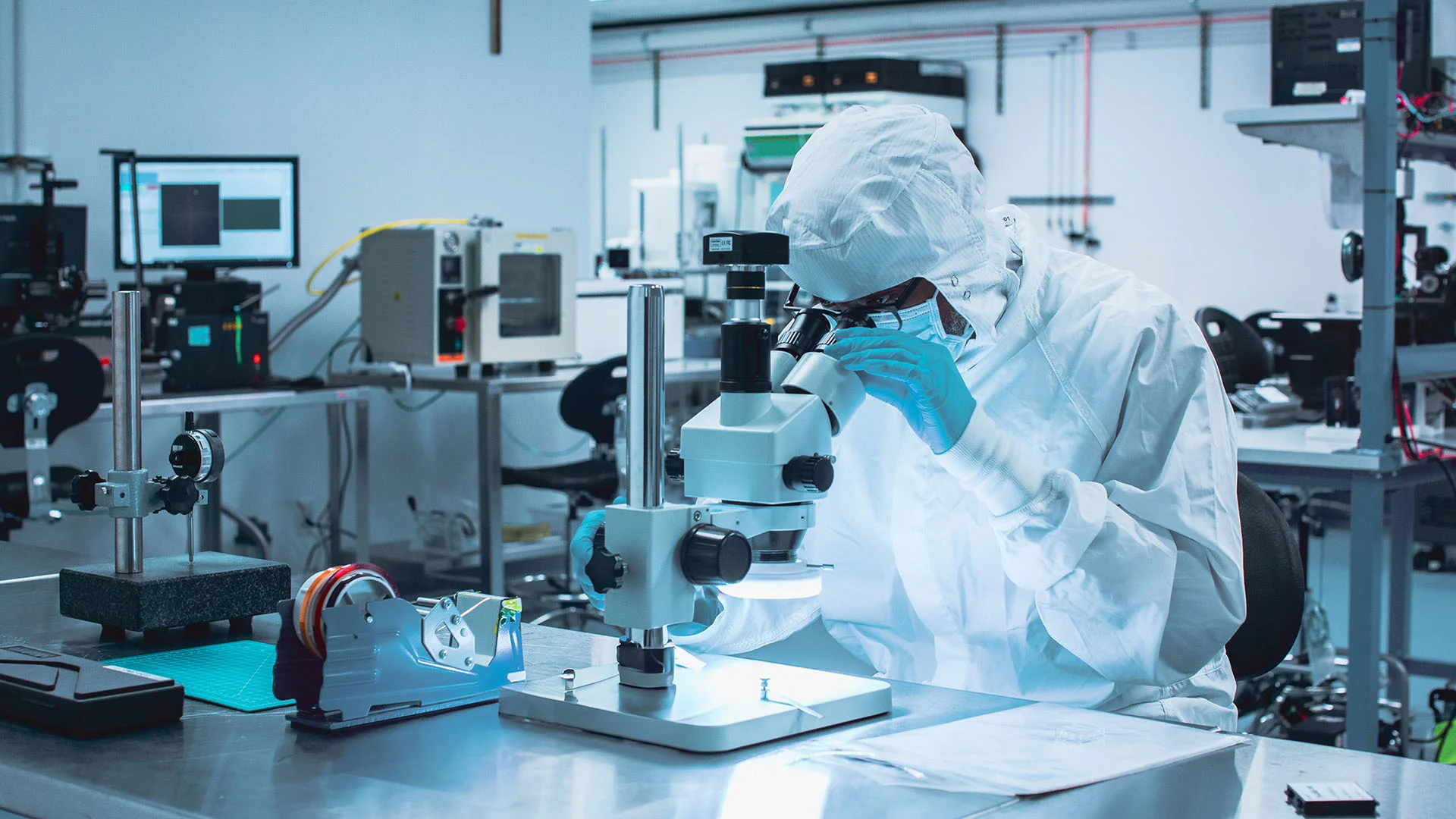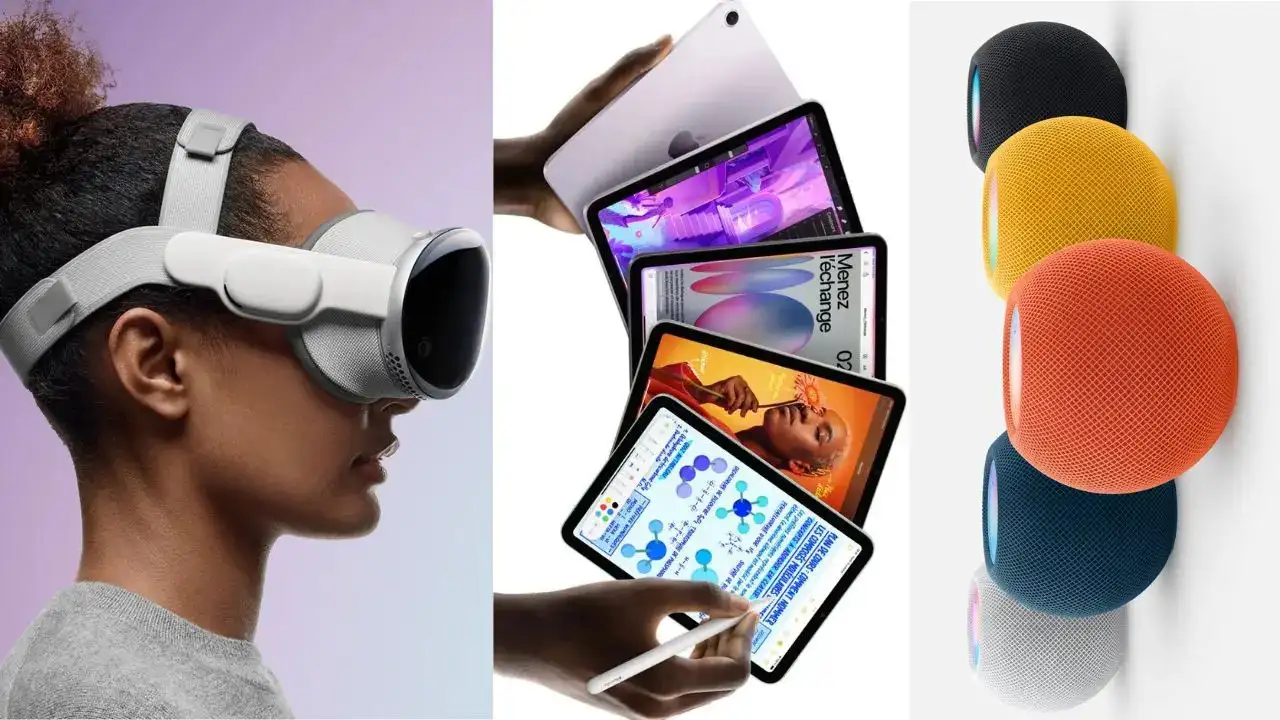
There’s good news and bad news for anyone with visions of brain-implant tech that can transform people into the cybernetically enhanced humans of sci-fi fever dreams. Let’s start with the bad news: We probably aren’t getting to a future where you can control and manipulate most devices with your mind, or where most consumers will be hooked up to neural machines, at least anytime soon.
The good news is a bit less sexy—but it matters immensely when it comes to treating and even reversing the effects of serious disease and injury. That’s what a slew of American brain-computer interface (BCI) companies have set out to accomplish. And they’ve made early progress demonstrating technologies that map, read, interpret, and translate brain waves can help treat millions with motor function-wasting diseases, debilitating injuries, blindness, and even depression.
“It’s an exciting time now, because there’s so much interest and so much financing going on,” James Cavuoto, editor of the neurotech industry publication and market intelligence outlet Neurotech Reports, tells Inc. “Of course, having Elon Musk in the industry doesn’t hurt,” he adds, referencing Musk’s neurotech venture Neuralink.
But there’s much more going on in the BCI world than the Musk-affiliated project. Companies are jockeying to set themselves apart as market leaders by recruiting more human trial participants for their respective neurotech. And the future holds even more opportunities for the industry’s medical applications beyond current targets, such as helping patients with neurodegenerative conditions like ALS or serious spinal cord injuries regain function or control devices by reading their brain waves.
Featured Video
An Inc.com Featured Presentation
Cavuoto says that he also sees a sizable market for “[BCI-related] applications like psychiatric disorders,” pointing out that prescription drugs don’t work for a sizeable chunk of people with major depression.
Here are five major BCI companies to watch—and what they’re doing.
Neuralink
Neuralink might be the closest thing to a household name in the brave new world of neurotechnology, courtesy of co-founder Elon Musk. But the company’s importance in the BCI field has less to do with its colorful leadership than it does for progressing human trial recruitment in multiple countries.
The latest news is that a clinical safety study in the U.K. was announced at the end of July, on the heels of a separate Canadian study cleared in late 2024, for Neuralink’s wireless device-controlling brain implant in severely paralyzed patients. Musk publicly stated in January that three humans have received Neuralink implants in the U.S. and the company is looking to have 20 to 30 participants in 2025.
What’s less clear is what the secretive company eventually wants to do exactly. Controlling devices on the way to creating “metahumans” might be on Musk’s mind, but the newly announced U.K. study for up to seven severely paralyzed patients provides at least some hints on more specific medical uses.
Precision Neuroscience
A growing roster of BCI trials is one thing. The actual number of patients implanted is another. And on that front, Precision Neuroscience might have a key advantage over the competition.
“We’ve implanted 50 patients. Actually, our 54th patient this morning is being implanted,” Michael Mager, the co-founder and CEO of Precision, says. “That’s more than the rest of the industry combined.”
Precision has raised more than $155 million over the past four years to advance its lead product, a “Layer 7 Cortical Interface,” which resembles a microscopic Band Aid-like strip with 1,024 microelectrodes that’s one-fifth the thickness of a human hair. The company won a Food and Drug Administration (FDA) clearance in April that lets Precision implant the devices for up to 30 days of continuous use (and data collection) in various regions on the surface of the brain.
That’s key to Precision’s strategy, which is to map the brain as precisely as possible, in turn expanding the types of diseases and patients the tech can be used to treat. “I think the most important thing that we’ve done, and that we’re doing, is just showing how our system can enable thought-based computer control,” says Mager. For now, that has implications for both people with severely limited motor function or complete paralysis from spinal injuries and diseases like ALS, and the millions more with less severe motor issues. But in the future, Mager hints the system can be combined with existing treatments like deep brain stimulation (DBS), to tackle psychiatric conditions like major depression.
Paradromics
BCI devices hold many promises, such as treating symptoms, helping a patient translate their thoughts, or even allowing them to type and command devices. Paradromics aims to restore their ability to speak via synthesized speech.
Timing matters for these early-stage BCI companies, and Paradromics can tout some impressive recent wins to that end. The company’s tech, Connexus BCI, focuses on decoding speech and motor function with the end goal of more natural communication for people with brain trauma and related conditions.
In June, the company was able to show that its device can be used during actual surgery for a patient with epilepsy and then safely removed within 20 minutes. Paradromics has more surgeries using its tech planned over the next year.
“My lab is researching how we can use more advanced BCI recording platforms, like the Connexus BCI, to develop the next generation of speech and motor assistive devices,” said University of Michigan neurosurgeon and biomedical engineer Matthew Willsey, who helped lead the surgery in June, in a statement. “This work brings us one major step closer to providing treatment to patients with severe unmet medical needs.”
Science Corp
The BCI industry comprises both the devices that get put into the brain and the software that interprets the collected, brainiac data. How it works on both sides of the equation (the biological and the digital) matters for patients.
Science Corp, which aims to restore vision to patients who suffer from vision-wasting diseases like macular degeneration, is focused on how to use BCI for those patients with a retinal implant that might actually restore vision.
Its tech relies on an implant placed under the retina that stimulates the underlying cells behind photoreceptors (thus bypassing the rods and cones that usually allow us to see) so that visual signals can reach the brain even if the eye’s rods and cones fail. That implant is part of a dual system that includes a pair of glasses with a built-in projector for stimulating the retina.
It’s a bit less algorithmic and more biological enhancement via tech. “They’re not just relying on electrical signaling [in BCIs]. They’re actually looking at biohybrid approaches to integrating neural tissue with an external device,” says Neurotech Reports’ Cavuoto. “I think commercially, it’s a much longer time horizon for profitability. And it definitely differentiates them.”
Synchron
However cool being able to read and interpret brainwaves might be, there’s one pretty obvious barrier to entry: A lot of tech out there does require some form of brain surgery.
Brooklyn-based Synchron asks, what if it didn’t? “There’s a lot of people that need a technology that can translate what their thoughts are into action in a digital way. But like, how do you scale that?” asks Kurt Haggstrom, the company’s chief commercial officer.
This, according to Haggstrom, is where Synchron’s tech can make a big impact. The company has developed what it calls “stentrodes,” which (as the name suggests) are stent-like devices, but armed with electrodes for reading and interpreting brain signals.
These allow Synchron to use regular blood vessels as a means for gleaning neural data that might normally require surgery. “We’re taking a minimally invasive approach, using the blood vessels as the pathway up into the information of the brain,” he explains. The implant is placed into the jugular neck vein and fed, like a classic stent, up to blood vessels near the brain’s motor cortex.
In August, the company shared a video showing a patient with ALS using the minimally invasive, wireless system to control an iPad with his brain–possible thanks to a new device interface protocol from Apple allowing companies to test out such technologies with iPhones, iPads, and the Vision Pro.



